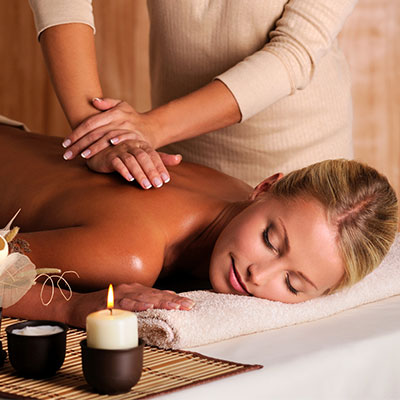Whenever you imagine massage, it is likely you be prepared to be described as a passive participant — lying with a blanket as being a masseuse presses and kneads your tight muscles. However, a Thai massage is really a entirely unique experience. Yes, you will find there’s masseuse using his palms to knead muscle tissue, but you’ll also be twisted, stretched and still have feet, thumbs and fist work one’s body. Asanas, or yoga poses, also feature in this Eastern massage tradition.
It could differ from the massage techniques to which you’re accustomed, but Thai massage could be equally as beneficial — or even more so. The practice promotes positive energy circulation, so you feel balanced and rejuvinated. Thai yoga massage has lots of other benefits too, including reduction of pain and stress.
What exactly is Thai Massage?
Thai massage is traditionally performed on the ground — you lie over a padded mat as the masseuse walks you through partner yoga poses and manipulates one’s body into stretches. Some traditional massage techniques, including acupressure, compression and joint mobilization, may also be used, but no lotions or oils are applied so you remain fully clothed for your session.
Some centers may modify traditional Thai massage being performed on a table due to regulations, space limitations and patients who will be not able to wake up and below a floor easily.

Enhanced Energy Flow
Thai massage works from the thought that tightened muscles lead to the diminished flow of their time within you. When energy can’t flow freely, you then become inflexible, suffer pain and feel stiff. Overtime, this leads to shortened muscles and ligament that affects your posture, immunity and organ function — which speed up aging and disability.
The pressing techniques used in Thai massage are built to increase the circulation of blood to facilitate the greater flow of nutrients and oxygen on your tissues. It also helps one’s body naturally remove waste, like metabolic byproducts and fractional co2, more proficiently.
Adding stretching for the massage process helps relax the muscles further, in order that they naturally regain natural flexibility and tone. You’ll relieve chronic stiffness and experience improved mobility.
Treatment
Thai massage is surely an alternative route for people to cope with chronic pain, and can be quite effective for temporary relief showed an assessment the investigation published in 2015 in Complementary Therapies in Clinical Practice. Inside the six studies reviewed, people reported a 25 to 80 percent decrease in pain that lasted around 15 weeks using a Thai massage protocol.
Thai massage has become particularly effective being an intervention for people who have scapulocostal syndrome, a painful condition that strikes the back of the shoulder blade. A report published within the Journal of Bodywork and Movement Therapies this year indicated that individuals with the trouble who taken part in as many as nine 30-minute Thai massage sessions over 3 weeks, improved regarding pain intensity, pain threshold and muscle tension.
For details about thai massage girl dress please visit resource: click to read more.
